

2708-9517
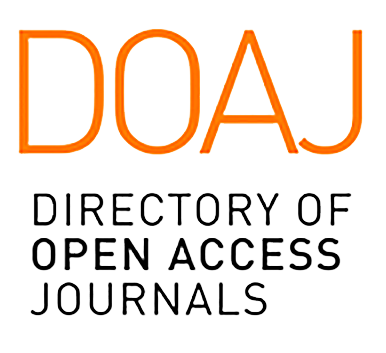
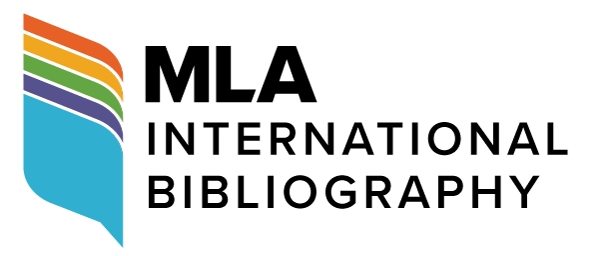
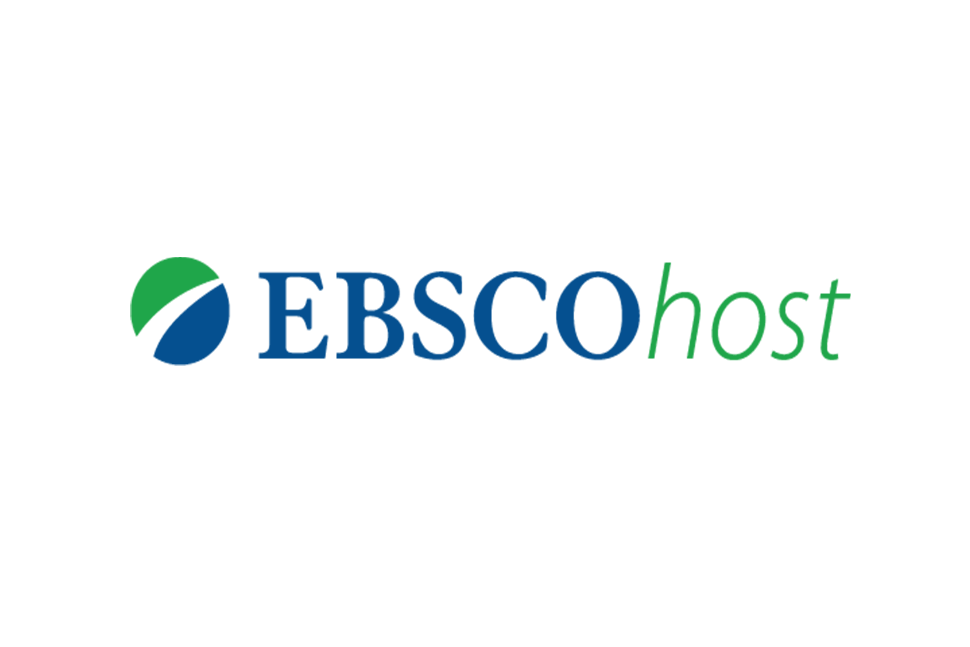


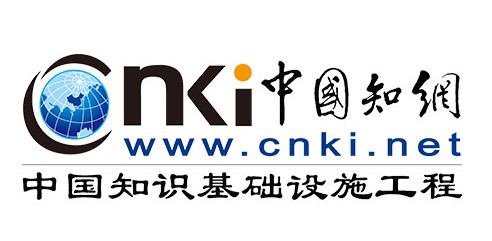


MLA Directory of Periodicals
REAO: East Asian Studies Journals
EBSCO Education
ProQuest
Google Scholar
Semantic Scholar
ROAD
BASE
Helka Helsinki Library
Baidu Scholar
Ex Libris
Jouroscope
US Department of Commerce Research Library
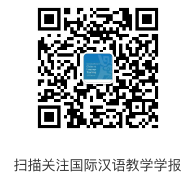
王璟
戴尔豪斯大学,加拿大
摘要
在北美的汉语课堂里,来自原汉字文化圈的日韩学生是一个特殊的群体。对比其他非华裔学生,由于日韩语的书写体系曾受过中文的极大影响,因此日韩学生在学习汉语时有独特的母语优势。同时,又因日韩语和汉语间的差异以及受他们的第二语言(英语)的影响,日韩学生在学习汉语时也会面临一些特殊的挑战。笔者认为在指导北美汉语班中的日韩学生时,无论是从利用优势还是应对挑战的角度出发,如能根据汉语和日韩语的异同相应地调整教学策略,即可达到事半功倍的效果。本文通过在语音、词汇、句法等多个层面对汉语和日、韩语进行对比,研究日韩学生在学习汉语时的语言迁移现象,分析其产生原因,从而来探索针对北美日韩学生的更行之有效的中文教学方法。
关键词
语言迁移,日语,韩语,母语,教学方法
Strategies of Teaching Chinese to Japanese and Korean Students in North America
Jing Wang
Dalhousie University, Canada
Abstract
This paper discusses strategies for teaching the Chinese language to Japanese/Korean L1 learners in North America. Compared to European language L1 learners, Japanese and Korean L1 students have a unique set of advantages in learning Chinese not only due to the influence of classical Chinese on Japanese and Korean writing systems but also their bilingual background. Both their native language (Japanese/Korean) and second language (English) are among the key factors that affect their acquisition of Chinese. This paper explores how to maximize these students’ existing language knowledge for Chinese language learning. First, employing the language transfer theory, this paper discusses how a contrastive analysis between the learners’ L1 (Korean/Japanese) or L2 (English) and the target language (Chinese) is particularly necessary for developing effective teaching/ learning strategies. By comparing the commonalities and differences between the three East Asian languages in question, this paper then examines both positive and negative transfer of the Japanese/ Korean L1 learners’ native language and L2 (English) on Chinese language learning in such aspects as pronunciation, vocabulary, and grammar. Through the investigation, it reveals that the adoption of the Chinese script not only introduced a large number of Chinese words to the Japanese and Korean languages, but also impacted the native development of these two languages, which facilitated the learning of Chinese for native speakers of Japanese and Korean languages. Meanwhile, the differences between Chinese and the learners’ L1 (Japanese/Korean) as well as L2 (English) also pose special challenges. The paper concludes with suggestions for more effective Chinese teaching/learning methods based on an examination of the language transfer so as to maximize positive transfer and minimize negative transfer.
Keywords
Language transfer, Japanese, Korean, L1, teaching methods